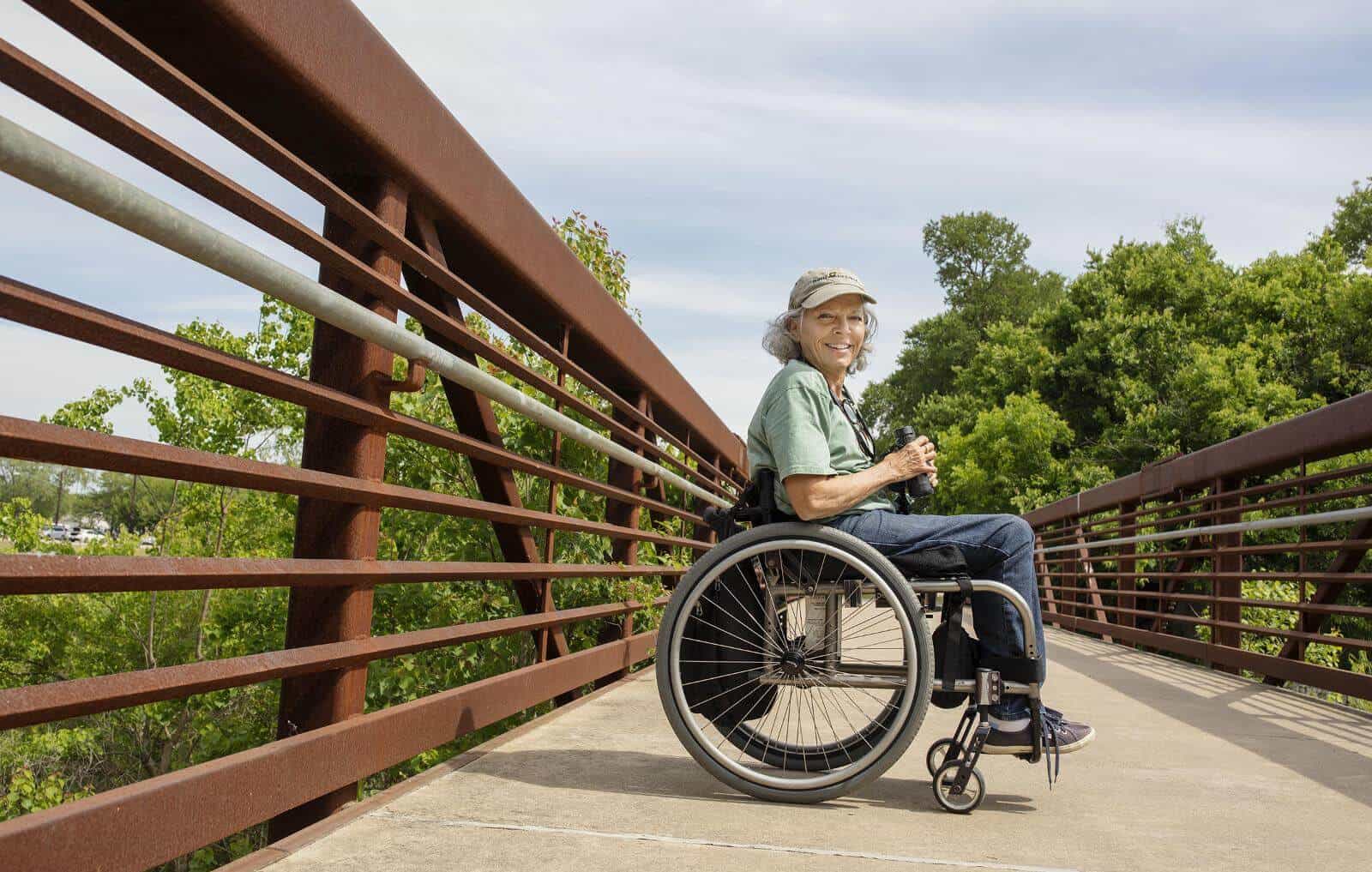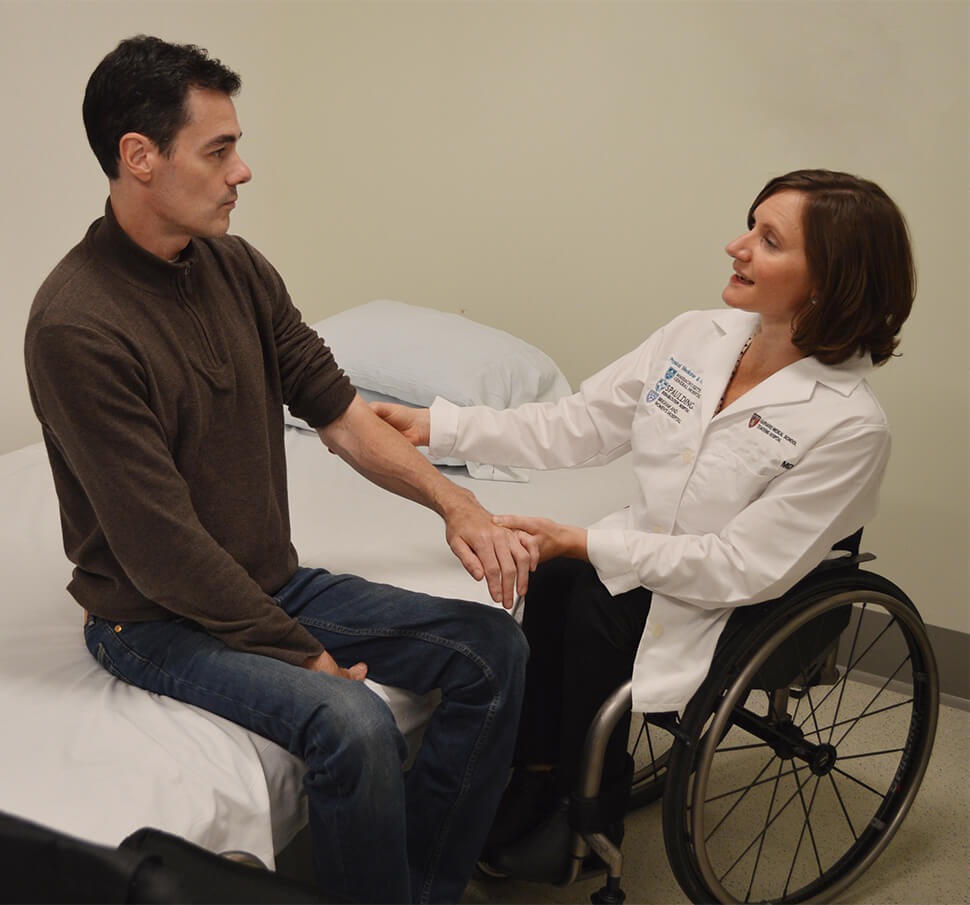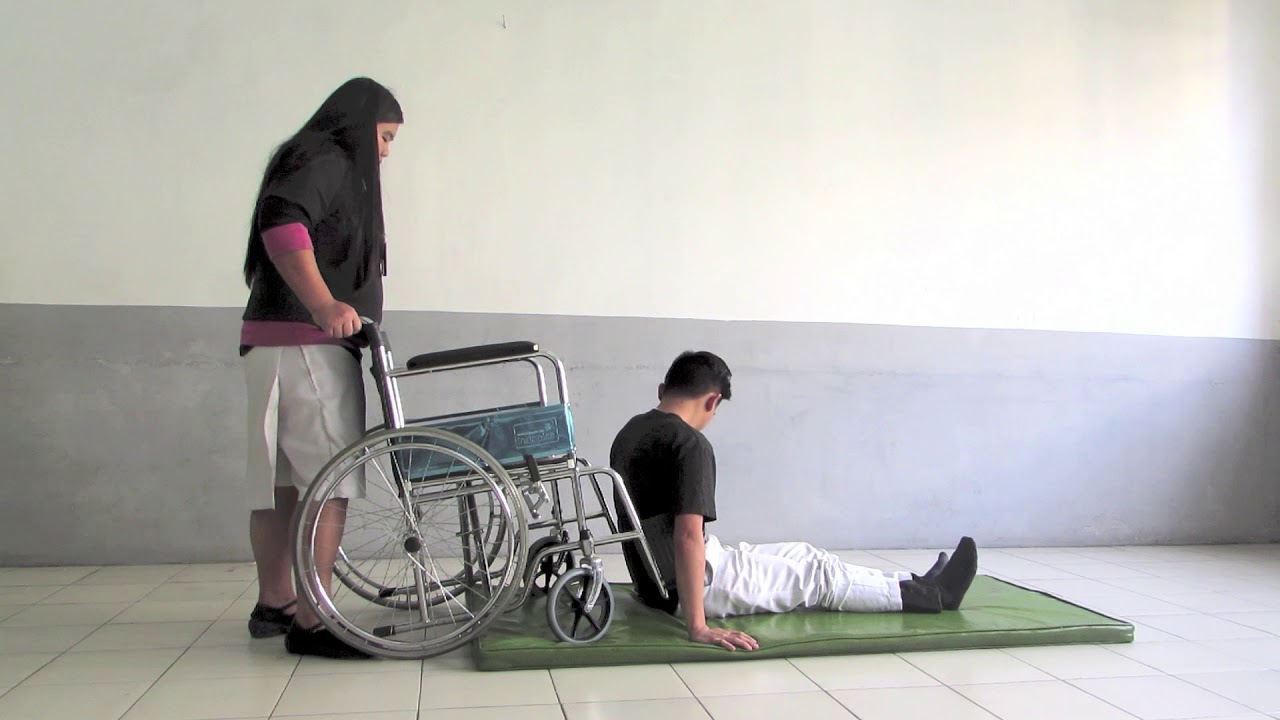Various types of physical disabilities can limit people’s mobility and movement, and many of them would require some assistive devices to regain their mobility. The ubiquitous stick is the most commonly used assistive mobility device that has been in use for ages. With time, other types of mobility devices for disabled have become popular that serve users’ specific needs according to the kind of disability. Physical disabilities might include disability of the limbs like the upper or lower arm or total loss of it. Somebody parts might dysfunction and impair the affected part’s ability to coordinate with the body organs. A disability that affects mobility can either be congenital or acquired from birth or some disease, injury, or accident. People with problems with the musculoskeletal system might experience mobility issues and would need some assistive devices.
Who needs mobility devices?

source: huffingtonpost.com
Anyone who cannot support themselves to maintain their mobility would require some assistive device depending on the nature of the problem and its intensity. For example, a person who is unable to walk would need a wheelchair to move around or a hospital beds for a parkinson’s patient, which the patient can easily transfer or sit them up from lying down However, someone having problems maintaining the body balance when walking like those who are cerebral palsy would be comfortable walking with a stick. People who have Parkinson’s disease and arthritis would need some mobility aid to help them overcome their limitations of movement to some extent. The choice of mobility device depends on the degree of impairment and the overall health of the person.
Types of mobility impairment
Cerebral Palsy

source: arcgis.com
Cerebral Palsy includes some chronic conditions which affect muscle coordination and body movements. Cerebral Palsy damages a part of the brain, especially one specific area, and is a congenital defect but does not happen due to any problem with the muscles and nerves. Damage or faults in the development of the motor areas of the person’s brain disrupt the brain’s ability to control movement and posture. The problem is not progressive, but it can lead to some secondary conditions like muscle spasticity, which might not improve over time.
Muscular Dystrophy

source: newmobility.com
This is a group of genetic diseases characterized by growing weakness and degeneration of the person’s voluntary muscles and skeletal system and some involuntary muscles. Some forms of Muscle Dystrophy can affect the organs too. Most children are victims of Duchenne, a form of Muscular Dystrophy, and the most common form of the disease that affects the adult population is Myotonic Muscular Dystrophy. Muscular Dystrophy might appear in people at any age from infancy to adulthood and the middle ages.
Spina Bifida

source: physiopedia.com
Spins Bifida is the name of a form of neural tube defect that results in incomplete development of the brain and the spinal cord and its protective coverings due to the fetus’ spine’s failure, generally during the first month of pregnancy. The condition affects children’s nerves that result in various degrees of paralysis and affect the lower limbs.
Such persons would need assistive devices, including crutches, braces, and wheelchairs.




